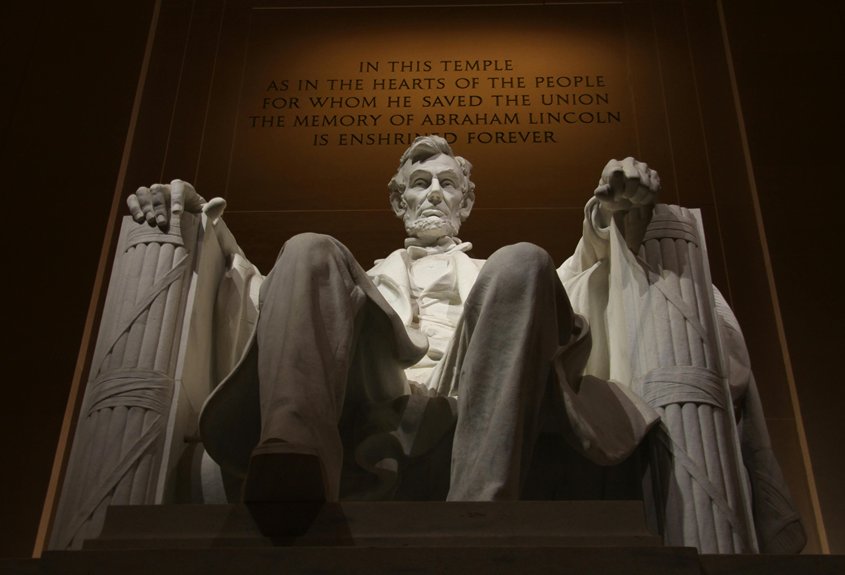Like the legendary tales of ancient empires, the story of Montezuma II often gets tangled in misconceptions. While some might confuse his name with the Aztec sport “tlachtli,” Montezuma was actually the last emperor of the Aztec Empire, leading during a tumultuous time. His reign was marked by achievements and challenges that shaped history. But what does this mix-up reveal about our understanding of Aztec culture and leadership?
The Life of Montezuma: A Brief Biography
Montezuma II, the last emperor of the Aztec Empire, was a figure shrouded in both reverence and controversy. Born around 1480, he rose to power in 1502, inheriting a vast empire known for its wealth and military prowess.
You’d find him deeply connected to religion and culture, believing himself to be a representative of the gods. During his reign, he expanded the empire’s territory but faced challenges, including dissent among conquered peoples.
His encounter with Spanish conquistadors in 1519 marked a turning point, as he initially welcomed them, believing they were fulfilling a prophecy. However, this decision ultimately led to his downfall and the empire’s decline.
Montezuma’s life reflects the complexities of leadership amidst changing tides.
Understanding the Aztec Empire
While the Aztec Empire is often remembered for its impressive architecture and rich cultural traditions, it was also a highly structured society with complex social, political, and economic systems.
You’d find a hierarchy where nobles, priests, and commoners each played vital roles. The economy thrived on agriculture, trade, and tribute from conquered territories, ensuring resources flowed throughout the empire.
Religion permeated daily life, with numerous deities influencing everything from agriculture to warfare. Education was valued, with different schools for boys and girls, focusing on various skills and knowledge.
The Aztecs also excelled in art, creating intricate sculptures, textiles, and pottery. Understanding this multifaceted society gives you a clearer picture of how the Aztecs built and maintained their powerful empire.
The Role of a Leader in Aztec Society
In a society as intricate as the Aztec Empire, the role of a leader was crucial for maintaining order and fostering unity. Leaders, or tlatoque, held significant power and were responsible for guiding their people through challenges. They made decisions about warfare, agriculture, and trade, ensuring the community’s survival and prosperity.
You’d find that a tlatoque was expected to embody strength and wisdom, serving as a role model for others. They also participated in religious ceremonies, reinforcing the connection between governance and spirituality. By doing so, they maintained the people’s loyalty and trust.
Ultimately, a leader’s effectiveness directly impacted the empire’s stability and success, highlighting the importance of strong leadership in Aztec society.
Montezuma’s Reign and Achievements
As a prominent tlatoque, Montezuma II played a significant role in shaping the Aztec Empire during his reign from 1502 to 1520.
You’d notice that he expanded the empire’s territory, adding regions through both military conquests and strategic alliances. His leadership also fostered a flourishing economy, bolstered by tribute collection from conquered cities.
You’d see him invest in infrastructure, as he ordered the construction of temples, roads, and irrigation systems, enhancing urban life in Tenochtitlán.
Furthermore, Montezuma was an advocate of culture and education, promoting the arts and religious practices. His reign marked a period of relative peace and prosperity, showcasing his ability to maintain stability while overseeing the empire’s growth and development in various aspects of society.
The Encounter With Hernán Cortés
The arrival of Hernán Cortés in 1519 marked a pivotal moment in Montezuma II’s reign, setting off a series of events that would change the Aztec Empire forever.
When Cortés and his men landed on the shores of Mexico, they brought not just curiosity but also ambition and conquest.
Montezuma, intrigued by the newcomers, initially viewed them as potential allies. He welcomed Cortés into Tenochtitlan, believing he could harness their power.
However, this decision proved fateful. As tensions escalated, the Spaniards took advantage of Montezuma’s hospitality, leading to capture and manipulation.
In this encounter, you witness the clash of two worlds, where trust turned into betrayal, and the fate of an empire hung in the balance.
Misconceptions About Montezuma’s Legacy
Many people view Montezuma II solely as a weak leader who succumbed to Spanish conquest, but this oversimplification ignores the complexities of his reign and the cultural context of the Aztec Empire.
Critics often overlook his strategic diplomacy, extensive trade networks, and military innovations. Instead of merely portraying him as a passive ruler, consider that he faced immense pressures from both internal factions and external threats.
His decisions, often seen as failures, were influenced by unforeseen circumstances, including cultural misunderstandings with the Spanish. By reducing Montezuma to a caricature of weakness, you miss the opportunity to appreciate the challenges he navigated.
Embracing a nuanced view of his legacy reveals a leader caught in a turbulent historical moment, striving to maintain his empire amidst chaos.
The Influence of Montezuma on Aztec Culture
Although often overshadowed by his downfall, Montezuma II significantly shaped Aztec culture through his promotion of the arts, religion, and diplomacy. He understood the power of artistic expression, supporting talented artisans and fostering vibrant public displays that celebrated Aztec beliefs.
Under his reign, religious practices flourished, with temples and ceremonies reflecting the society’s deep spirituality. Montezuma also engaged in diplomatic efforts, forging alliances that strengthened the empire.
His exchanges with neighboring tribes not only expanded trade but also spread cultural practices and ideas, enriching the Aztec way of life. Ultimately, you can see how Montezuma’s influence went beyond his leadership, leaving a lasting imprint on the cultural tapestry of the Aztec civilization.
Comparing Montezuma to Other Historical Figures
While some may view Montezuma II primarily through the lens of his tragic downfall, comparing him to other historical figures reveals a more nuanced legacy.
Like King Louis XVI of France, Montezuma faced immense pressure from external forces and internal dissent, ultimately leading to his downfall. Both leaders grappled with rapid societal changes and foreign invasions, yet their responses varied significantly.
You might also consider comparing him to figures like Emperor Meiji of Japan, who embraced change and modernization, while Montezuma’s hesitance contributed to his empire’s fate.
In contrast to leaders who adapted and thrived, Montezuma’s story serves as a cautionary tale on the importance of recognizing and responding to shifting tides in history.
The Lasting Impact of Montezuma on Modern Understanding of the Aztecs
Montezuma’s legacy significantly shapes modern perceptions of the Aztec civilization, as his story intertwines with the narrative of conquest and cultural clash.
When you think of the Aztecs, Montezuma often comes to mind, representing both power and vulnerability. His portrayal in history highlights the complexities of leadership and the impact of European colonization.
You might notice that many textbooks depict him as a tragic figure, emphasizing the consequences of hubris and misunderstanding. This framing influences how you view the Aztecs—often as a civilization caught between their traditions and external pressures.





